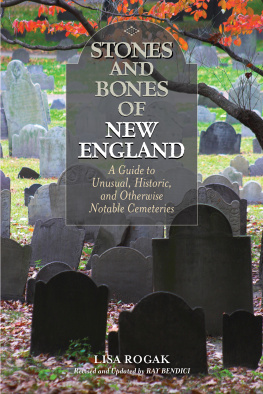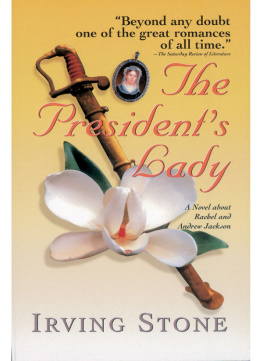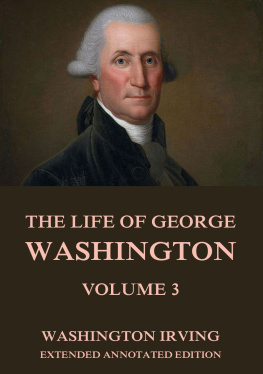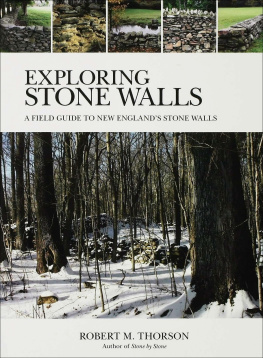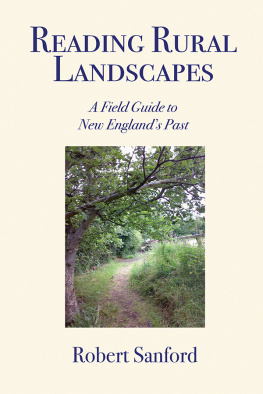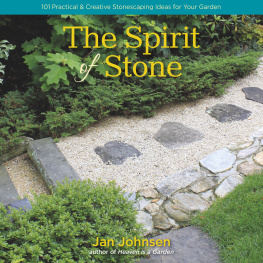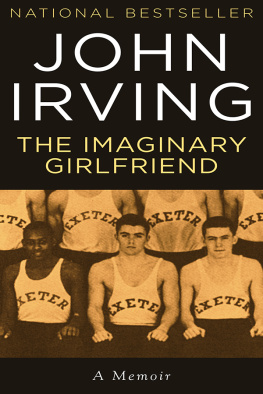New England Icons

New England Icons
Shaker Villages, Saltboxes, Stone Walls, and Steeples

Bruce Irving
Photographs by Greg Premru

Copyright 2011 by Bruce Irving
Photographs 2011 Greg Premru
All rights reserved. No part of this book may be reproduced in any form or by any electronic or mechanical means including information storage and retrieval systems without permission in writing from the publisher, except by a reviewer, who may quote brief passages.
Library of Congress Cataloging-in-Publication data have been applied for.
New England Icons
978-0-88150-927-4
Book design and composition by Eugenie S. Delaney
Maps by Paul Woodward, The Countryman Press
Published by The Countryman Press, P.O. Box 748, Woodstock, VT 05091
Distributed by W. W. Norton & Company, Inc.,
500 Fifth Avenue, New York, NY 10110
Printed in the United States By Thomson-Shore, Dexter, MI
10 9 8 7 6 5 4 3 2 1
To my parents

CONTENTS


FOREWORD

IVE TRAVELED ALL OVER THE COUNTRY, and often Im asked what my favorite place is. As wonderful as some of my visits have been to other parts of this beautiful nation, Im always happy to return to New England. The history, the architecture, the seasons, and my family and friends have always made it a special place for meits my home. I was born in Rhode Island, raised and educated in Massachusetts, and after college lived in both Vermont and Maine. Ive enjoyed New Hampshire and Connecticut during family outings and vacations. So as a lifelong New Englander, I was immediately drawn to the very idea of Bruces book.
Not a day goes by without me sighting one or more of these icons. Sometimes the fast pace of our lives causes us to take whats right in front of our eyes for granted; these essays have made me pay more attention to my surroundings and have brought back special personal memories of my New England life.
Growing up, I would spend summers at a lakefront cottage my father built, swimming, fishing, and boating. The cottage had a kerosene heater, so even though we would shut the water off and winterize the place, we had a way to keep warm when we came back to skate and go ice fishing. I still have that ice-fishing equipment and, even though I have not used it in years, every time I see a frozen pond it brings back memories of pulling our sleds across the ice with a box of tilts, tools, and live bait onboard. When my father found just the right spot, he would take a giant chisel he had made (no power augers in those days) and cut several holes in the ice. We would set a tilt in each hole after baiting the hook. Waiting for the red flag to pop up and let us know a fish was on the line got pretty boring, so it was time to skate. My sister and I were not great skaters but we sure had fun trying to perfect our technique while keeping an eye out for a tilt displaying a red flag. When one did pop up, we would race to see if we had made a catch. At our lake it was usually a yellow perch or a pickerel. Wed release the bony pickerel, but perch would end up on the dinner table. After a day of skating, fishing, and eating fresh fish for dinner, everyone was assured a good nights sleep.
You always know that the New England winter is just around the corner when wood smoke is pouring out of chimneys, filling the neighborhood with that familiar smell. My parents used their fireplace frequently, mostly on winter weekends. Im not sure if they were trying to save on the heating bills or if they wanted to create a cozy atmosphere, but it sure felt good. As kids, my sister and I would lie on the floor in front of the fireplace playing games for hours. It was also the background for just about every family group photograph. When I designed my own house, I got a little carried away with fireplaces and specified four. They are a Rumford design, which throws a lot of heat into the room, rather than up the chimney. Its been seventeen years since I moved into this house and I have to admit, the only fireplace we use is the one in our great room. I started the first fire in that fireplace when I was building the house to provide temporary heat. Today we use it to add a little extra warmth and ambience to the nearby seating area. A few days ago I stacked over a cord of firewood. It should keep that Rumford roaring and us cozy for several more yearsand Im very thankful that I dont need the twenty to thirty cords a year Bruce writes about the typical eighteenth-century New England farmhouse consuming.
Given my line of work, Im always going to the hardware store, and fortunately I have an excellent one nearby. Like the ones in this book, its a family-run affair with an incredibly friendly and knowledgeable staff. They usually have what I need, and if they dont, its more than likely theyll get it for me. Even though the store is modern, it reminds me of the place I used to go to with my father. He was a carpenter by trade and had also been a mechanic in the army during World War II, so there was nothing around our home he couldnt fix. I would often go with him to get supplies at the local hardware store, where he would be greeted like an old friend as we walked through the door. They would ask, What do you need today, Louie? After a short conversation, the clerk would be off to get the necessary items. I on the other hand would wander around the stores wooden floor looking at tools and the endless supply of hardware and fasteners, not wrapped in plastic like today but piled in bins or neatly hanging on the walls or stacked on shelves. There was a glass-cutting table; there were oak cases with dozens of drawers filled with various items, sometimes labeled, sometimes not, but the clerk knew exactly what was in each one. Need a torn screen repaired? No problemit would be ready the next day. Stores like that are rarer today, but Im happy to say that mine is a close second, and Ill bet the ones described in this book are in the running, too.
I have memories associated with many of the other icons here, but what I love the most about this book is how Bruce has presented a perspective of these places and things from their origins to the present day. Having worked with him for many years, knowing his attention to detail and accuracy, I expected nothing less. Whether youre a native or a newcomer, a resident or a visitor, this is an inspired collection of stories to be enjoyed by all who love New England.
Norm Abram, MASTER CARPENTER
INTRODUCTION

I WAS LUCKY ENOUGH TO BE BORN
Next page

